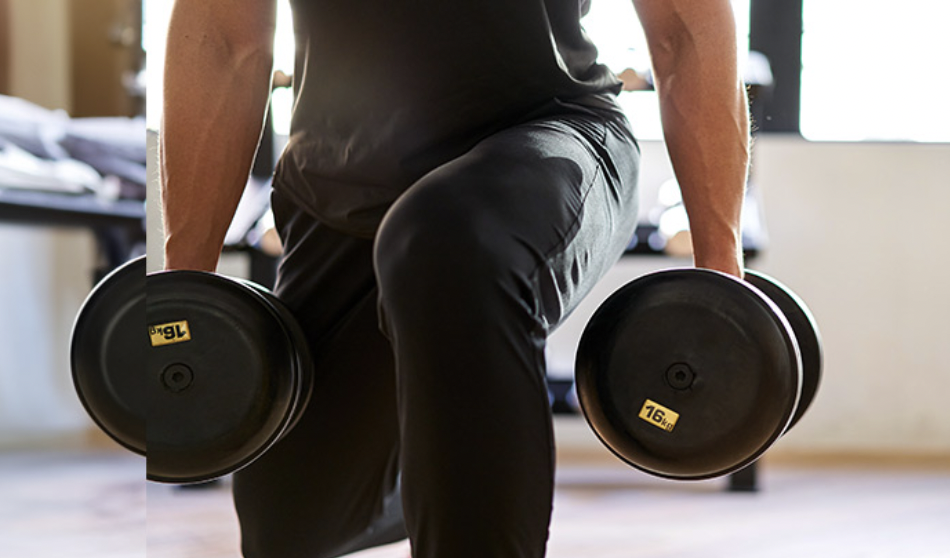In the realm of fitness progress, the integration of single-leg training can lead to remarkable advancements. Consider the single-leg Romanian deadlift (RDL) as an example. Becoming proficient in this movement demands a fusion of strength, core stability, body awareness, and mobility. When executed correctly, it offers substantial benefits. However, many individuals fail to execute it accurately, missing out on its advantages and even risking injury. Enter the kickstand stance, a strategic remedy.
The Kickstand Solution, also known as B-stance or 1.5 stance, serves as a bridge between the two-legged and one-legged stances. Beyond cultivating muscle growth and strength, this variation plays a pivotal role in rectifying imbalances, enhancing stability, and fortifying the knees against injury.
A noteworthy bonus is its capacity to facilitate posterior hip shifting, thereby improving the activation of glutes for impressive results. For athletes, the kickstand stance develops single-leg strength essential for explosive actions like sprinting, jumping, and rapid direction changes. It zeroes in on the glutes and hamstrings, pivotal drivers of these dynamic skills. Moreover, if you grapple with hip mobility constraints, the kickstand stance enables access to extended ranges of motion, fostering strength and hypertrophy while maintaining optimal hip and pelvic alignment.
Executing the kickstand stance entails specific steps. Initiate from a bilateral stance, positioning feet together for a balanced foundation. Gradually fan out one foot to the side while keeping your heels together. Fine-tune your working foot’s alignment, shifting weight onto the flat foot. Engage your spotting foot with a subtle internal rotation, amplifying activation in the posterior lateral hip and glute. As you move your hips back, you’ll sense the loading in your glutes and hamstrings.
Incorporating kickstand variations should complement your squat and deadlift regimen. They’re not meant to replace main lifts but rather enhance them. Consider integrating them post your primary lift or within the warm-up routine to prime the lower body. Depending on your goals, tailor your rep range: for strength, opt for 6-8 reps per side with increased weight, for muscle growth, lighten the load and target 10-15 reps per side, and for priming, engage in 5-8 reps with a controlled tempo.

